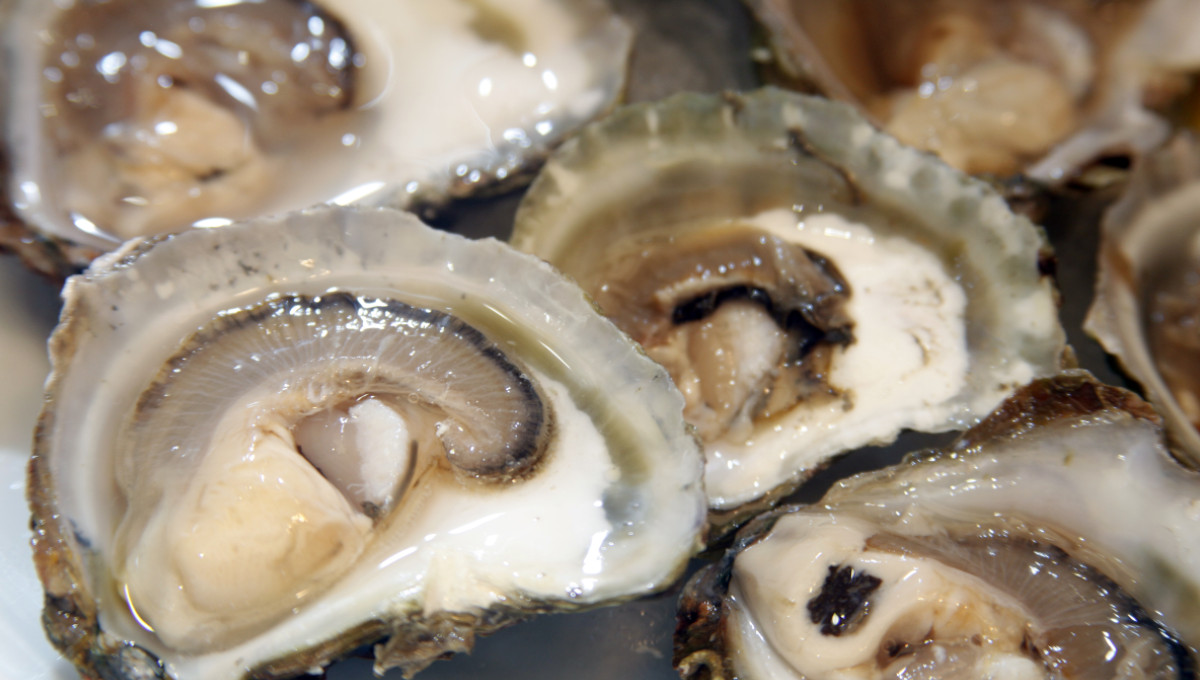
Scientists have assessed the use of next-generation sequencing (NGS) methods for norovirus in shellfish.
They found such techniques are ready to substitute current methods despite some limitations.
Bivalve molluscan shellfish (BMS) contamination with norovirus is a significant public health risk. Contaminated foods, such as oysters, may harbor concentrations of viral genomes and a large diversity of sequences when contaminated by human sewage.
“Based on results presented here, it is clear that too many European shellfish samples are exposed to sewage pollution as evidenced by the multiple sequences detected in shellfish samples, highlighting that we still need to enhance coastal water quality,” said researchers.
Using laboratory‐prepared samples of known norovirus composition, scientists evaluated the sensitivity, reproducibility, repeatability, and selectivity of metabarcoding, capture‐based metagenomics, and long amplicon sequencing.
The three methods allowed sequencing of norovirus in most tested samples, however, performance in retrieving the expected diversity differed. Experts also compared the advantages and disadvantages of each method, the cost per sample and of equipment, the time for results, and whether they were suitable for surveillance or outbreak sequencing.
The consortium of the Institut Français de Recherche pour l’Exploitation de la Mer (Ifremer), Centre for Environment, Fisheries and Aquaculture Science (Cefas), Technical University of Denmark (DTU), and Erasmus University Medical Center focused on norovirus-contaminated oyster samples. Findings were published by the European Food Safety Authority (EFSA).
Method potential and issues
Metabarcoding with separate amplification of polymerase and capsid gene segments followed by Illumina sequencing was the most sensitive method. However, due to the amplification steps and high sensitivity of NGS, the methods are prone to contamination and false positive results.
Work covered norovirus in shellfish and patient samples, from routine monitoring and surveillance and a survey of contamination in oysters in the European Economic Area from November 2016 to December 2018.
There were two artificially created sample sets, 212 oyster samples from the survey, pairs of human and shellfish samples from 16 foodborne outbreaks in France and Denmark from 2012 to 2019, and human norovirus sequences submitted to the global surveillance network Noronet.
One metabarcoding approach used Illumina technology and the other is based on long amplicon sequencing with Oxford Nanopore technology. Metabarcoding is highly sensitive and allows better capture of the diversity of noroviruses present in shellfish.
Experts said metabarcoding seems to be the more reliable method, with high sensitivity and reproducibility, and is easy to use for sequence analysis.
Other methods such as metagenomics show promise, but require further improvements regarding sensitivity. Metagenomic sequencing is sensitive enough to investigate the human outbreak samples but not those from shellfish. The VirCapSeQ metagenomics method requires optimization and should be used on samples with high levels of contamination or that was collected recently.
(Click here to sign up for a free Food Safety News subscription.)
